.NET with Web API, React and Azure
Summary
This is a 5-day public course in London on 20 - 24 June with a maximum of 5 attendees. The fee is £1400+VAT. Contact us to make a booking.
The content detailed in the next section includes programming in C# 10, interacting with a database, building a REST API with a React Client and hosting the application on Azure.

Course content
1. Programming in C#
Review of C# fundamentals
- This is intended as a recap for developers who are already familiar with object-oriented programming but may not be up to date with best practices and new additions to the language.
- Overview of .NET 6 and C# 10 including the CLR, CTS and CLS
- Syntax including data types, operators and statements
- Class design including UML, encapsulation, expression-bodied members, auto-implemented properties, overloaded constructors, inheritance and overriding, abstract classes, structs
- Handling and throwing exceptions; recursive methods
- Passing parameters by reference with the in, out and ref keywords
- Unit testing with xUnit, including parameterised tests and substituting dependencies for mock objects with the Moq library.
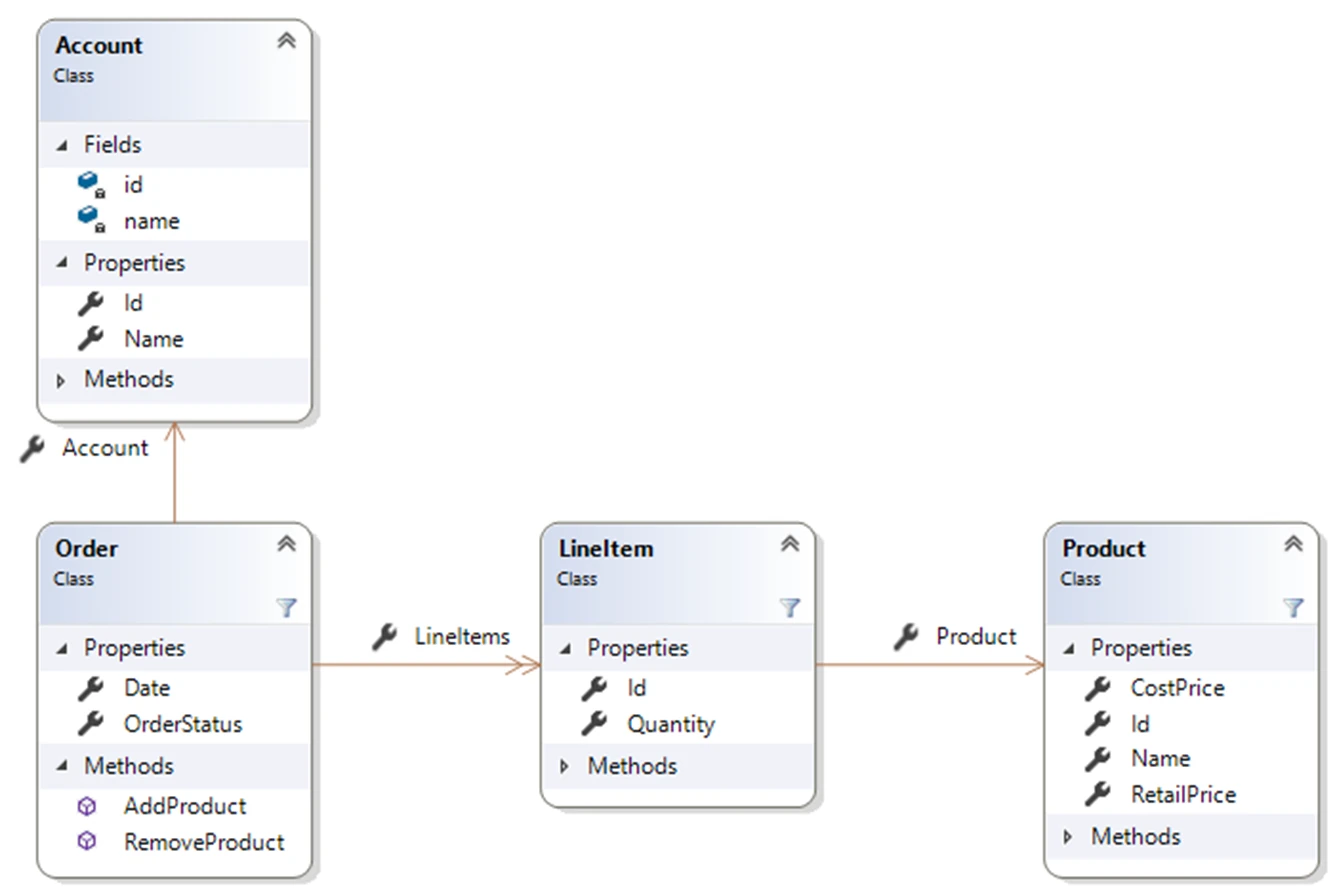
2 units
2. Collections
Comparing classes and interfaces in the collections framework
- The collections interface hierarchy with IList and IDictionary implementations. Polymorphism and numeric formatting.
- Using FIFO and LIFO collections including Stack, Queue and LinkedList
- ISet implementations including HashSet and SortedSet. Overriding Equals and GetHashCode, implementing IComparer
- Relative speeds of collection methods and Big O notation
- Writing a generic class that implements ICollection
, using the Array class. Using the yield keyword to get an Enumerator
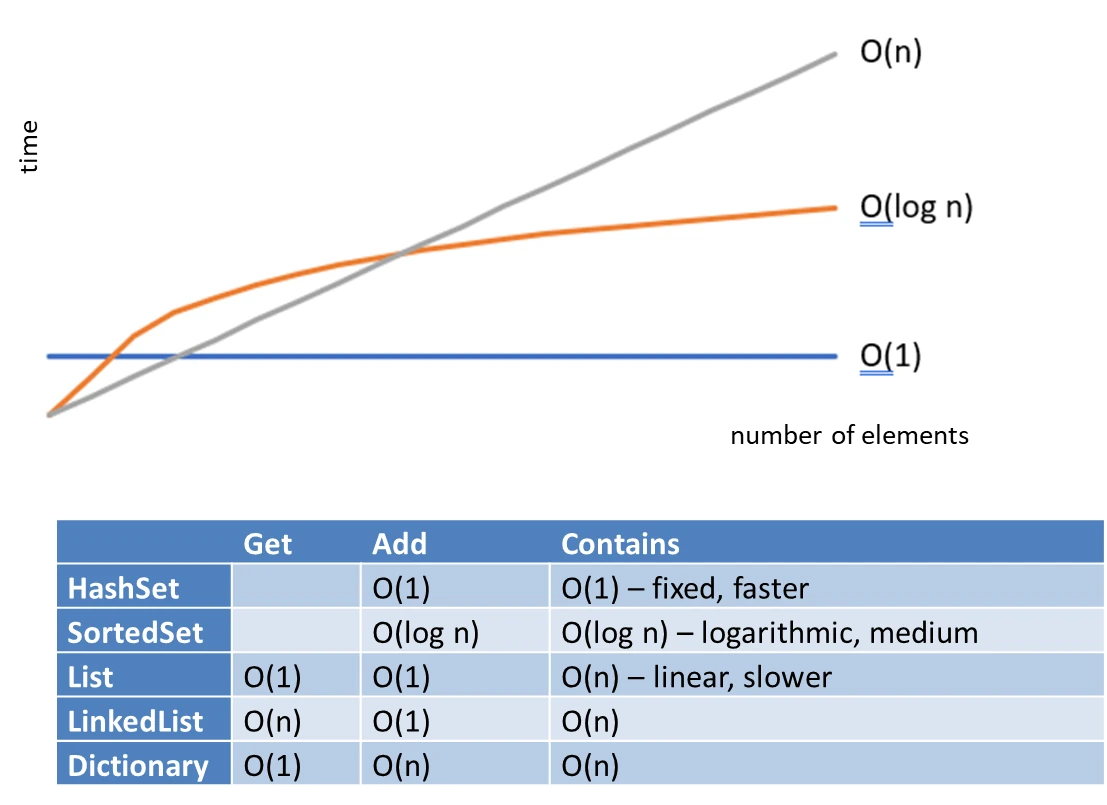
1 unit
3. LINQ
Using Language-Integrated Query to interrogate collections.
- Using LINQ Query syntax
- Understanding LINQ method syntax, including extension methods, generic delegates, lambda expressions, covariance and contravariance
- Filtering, selecting and aggregation operations
- Building a repository class, using a HashSet persisted to a file with JsonSerializer. Unit testing the repository with XUnit and Moq.
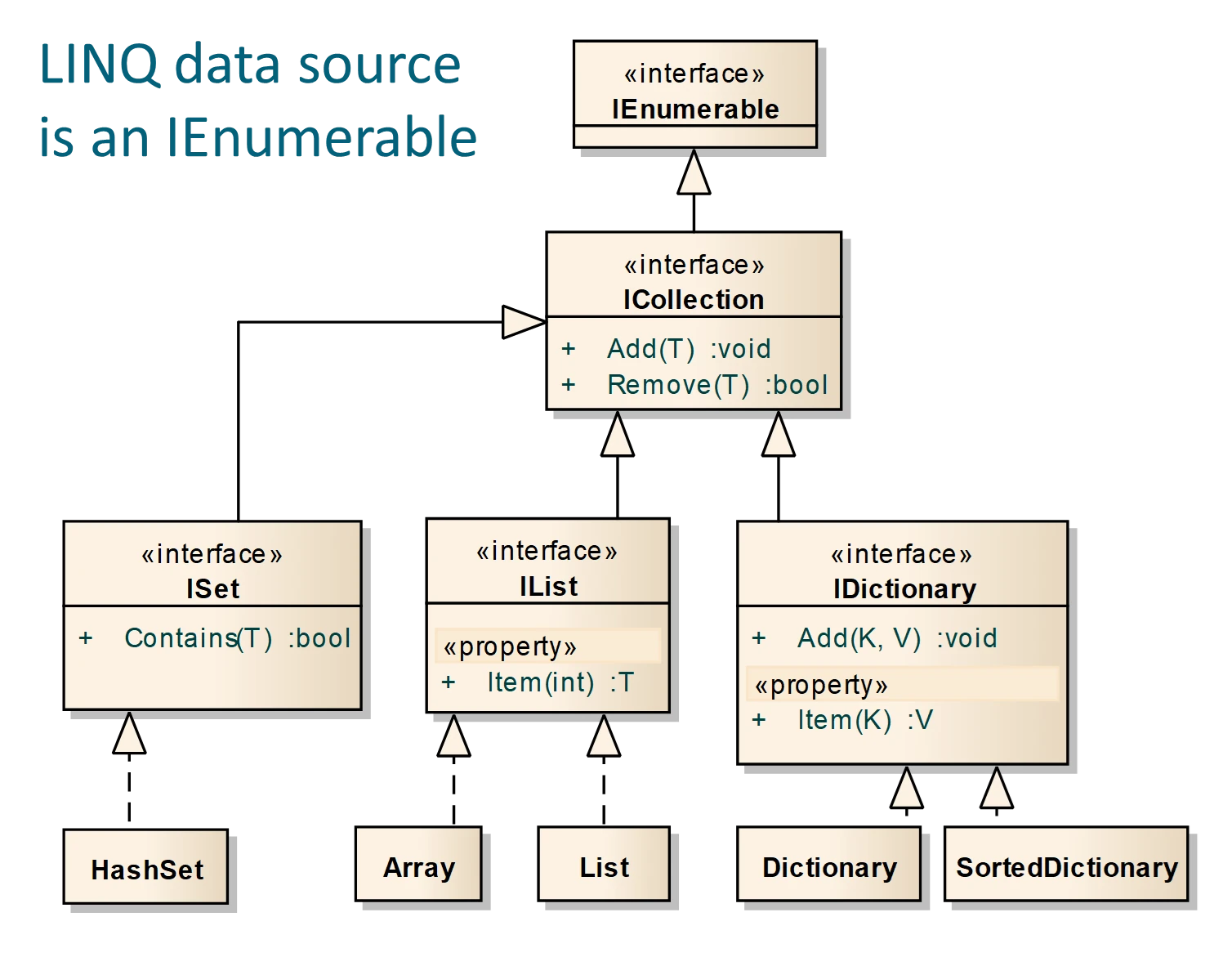
1 unit
4. SQL
Communicating with a SQL Server database.
- Transact-SQL types. Creating tables, insert, update, delete and select statements. Primary and foreign keys, table joins
- Getting a connection, IDisposable types and using statements. Transactions; pessimistic and optimistic concurrency control
- Building repository classes and writing integration tests
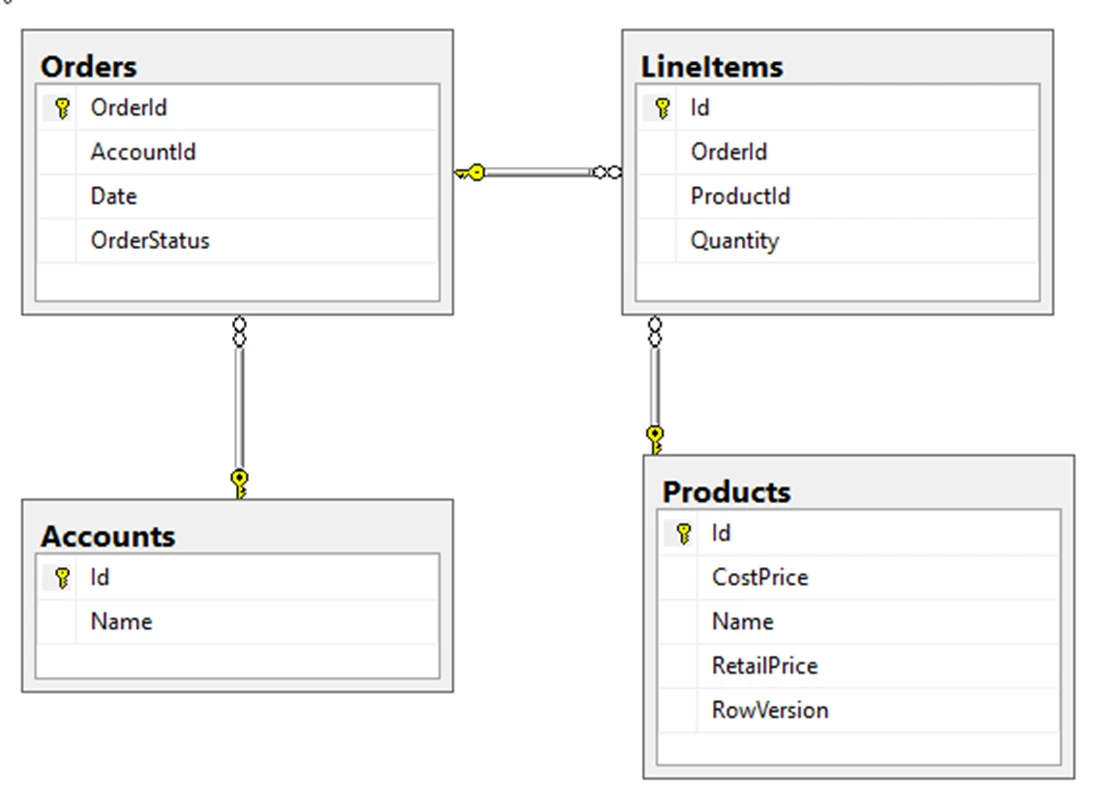
1 unit
5. Entity Framework
Object-relational mapping with Entity Framework Core.
- Configuring a DbContext, data seeding. Test-driven development
- Entity classes, generated values, foreign key properties, data annotations, optimistic concurrency control
- Managing database schemas, using migrations to sync the data model with the database; reverse engineering
- Querying with LINQ, eager and lazy loading of related data
- Saving data; entity state; adding, modifying and removing tracked entities
- Asynchronous methods, the Task class, using the await keyword, starting a background thread with Task.Run
- Building a Service Layer for separation of business logic (services) and data-access logic (repositories)
2 units
6. Web API
Creating RESTful services with ASP.NET Core.
- Controller classes; HTTP methods and status codes; route mapping and constraints
- Configuring dependency injection; CORS; debugging with Postman
- Unit testing the controller with xUnit and Moq
- Generating a SHA256 hashed password
- Claims-based authentication, symmetric encryption, generating a JSON Web Token (JWT), authenticating the JWT on the server
- Writing controller methods that call the service layer, including the JWT in the HTTP header
- Creating a release build and deploying the service
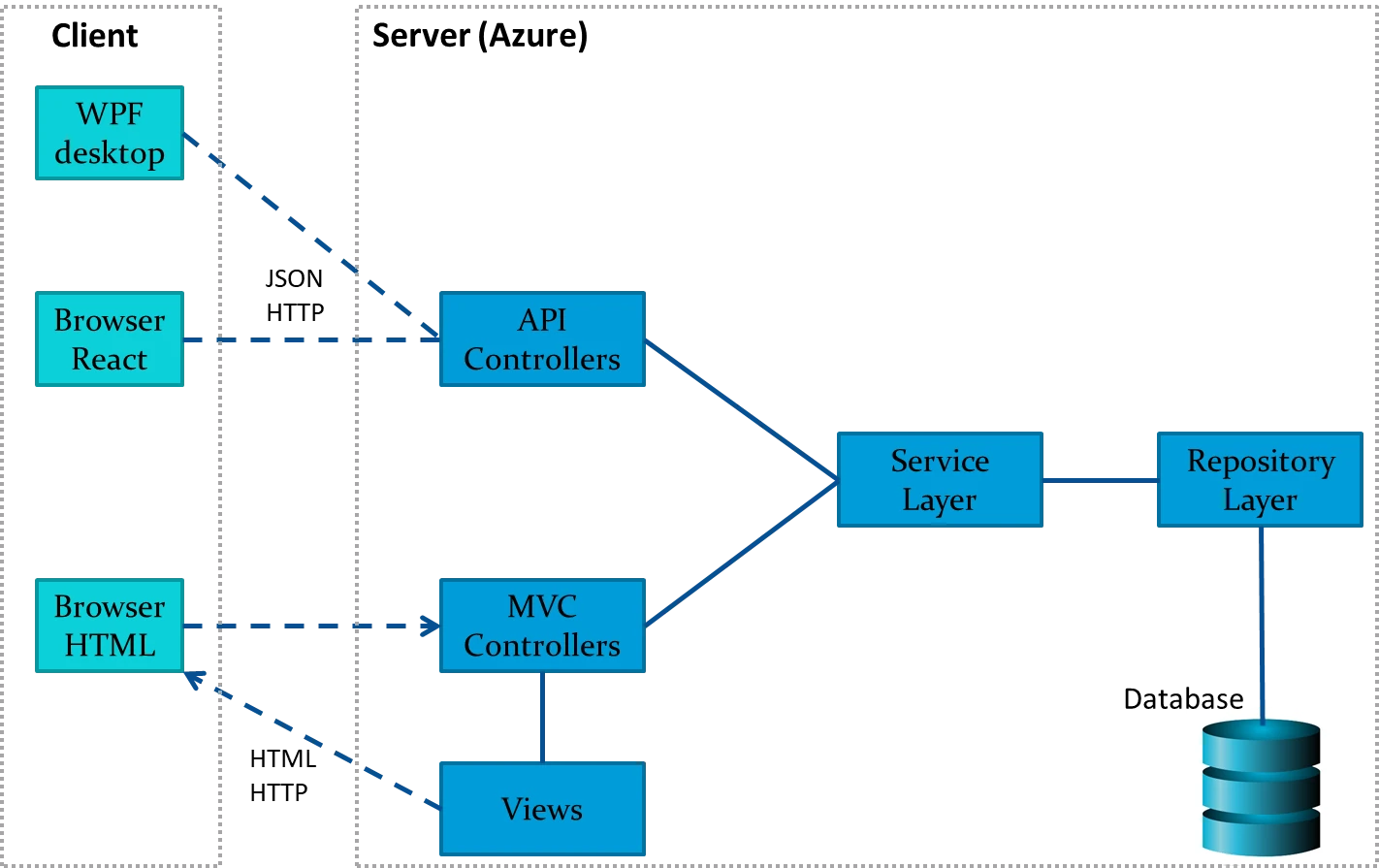
3 units
7. React
A JavaScript library for building user interfaces
- Understanding toolchains, packages and modules. Using Visual Studio Code with Node Package Manager to create a single page app
- Javascript and Typescript syntax review including data types, operators, variable declaration and scope, control structures, objects, constructors, arrays, inline and arrow functions
- JSX. Components and props. Handling events
- State and lifecycle with state and effect hooks; the virtual DOM; debugging with React developer tools
- Conditional rendering, extracting components into a hierarchy, lifting shared state; HTML forms and controlled components
- Generating HTML lists and tables; array functions including map and filter; for loops
- Connecting to a REST service; promise objects and async functions
- Authentication; obtaining a JSON Web Token and including the token in HTTP requests
- Creating a production build and deploying the application

4 units
8. Azure
Configuring Azure Platform as a Service (PaaS).
- Using the Azure command-line interface (CLI) to create resources
- Creating an Azure SQL database and configuring firewall rules
- Creating a Web App that can access the database uing Azure Active Directory Authentication
- Using a Key Vault to store secrets
- Local Git deployment to Azure App Service
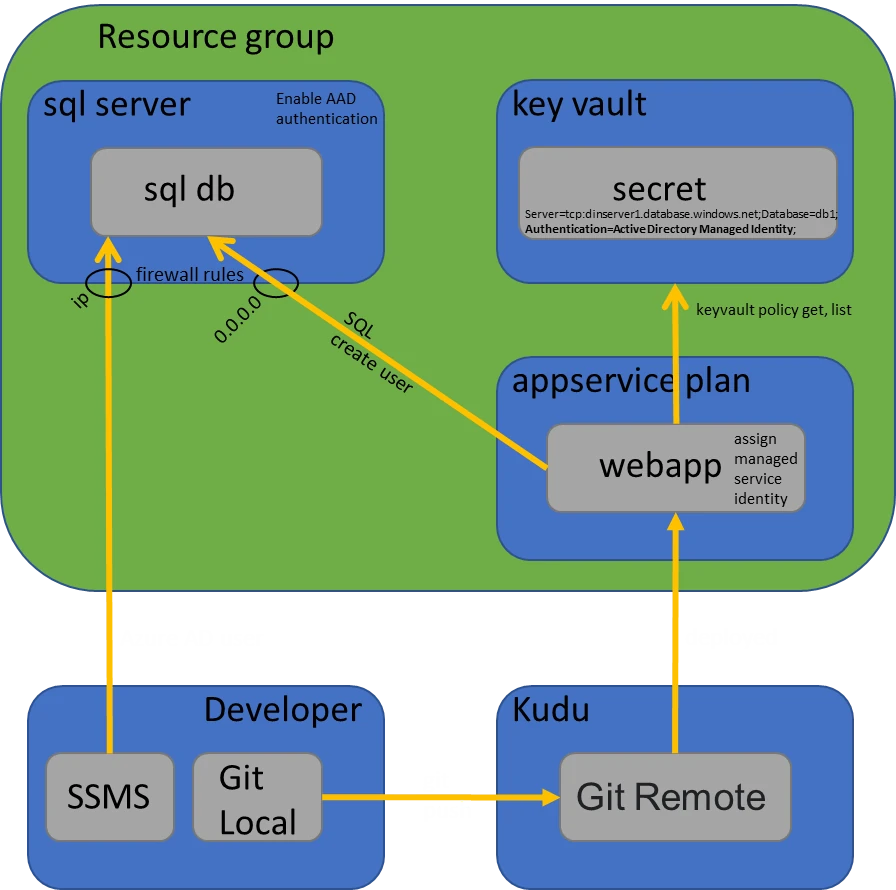
1 unit
Venue


The course wil be held at modern serviced offices next to Paddington Basin in West London